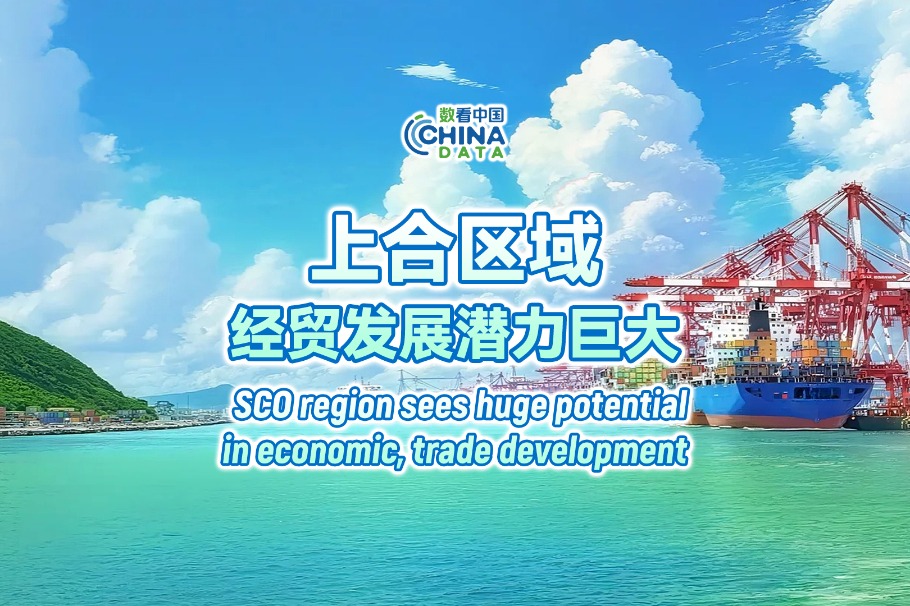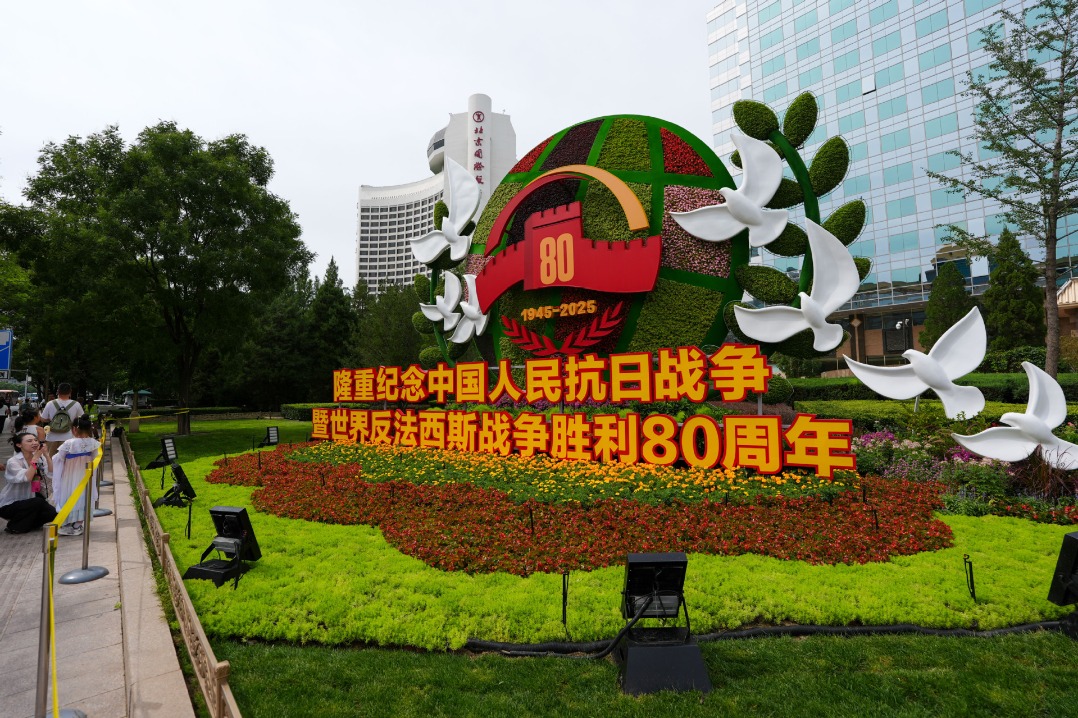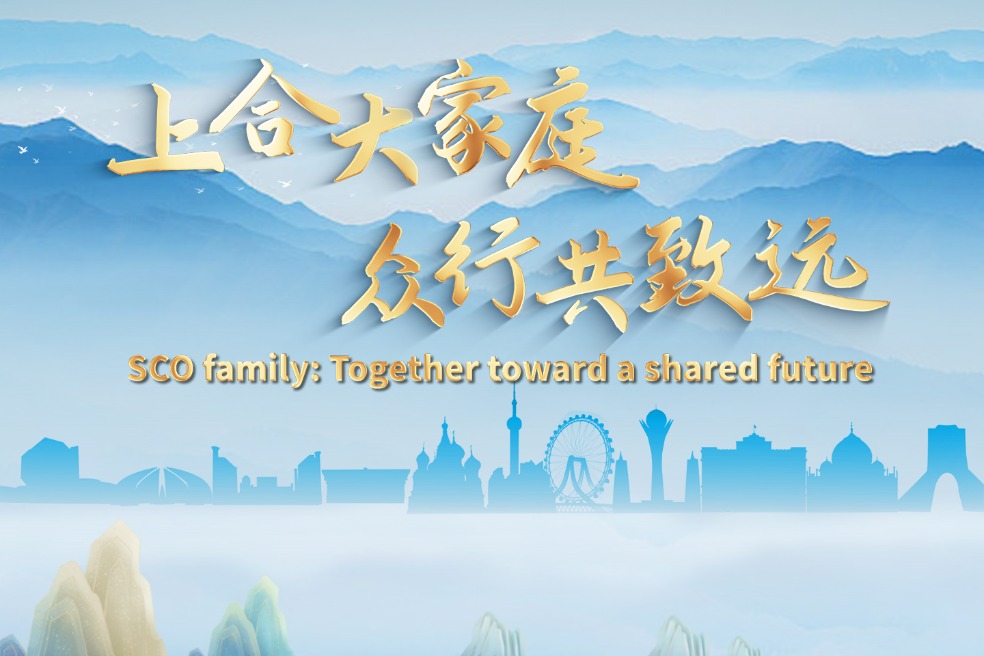Grower bridges gap between HK, Ningxia

Choi sum, a leaf vegetable originally grown in the southern part of China, has found a place to grow in the northwest region of the country thanks to a young man from Hong Kong who sells his crop to residents of his hometown and the Pearl River Delta region.
"Choi sum tagged as having been grown in Ningxia is popular in Hong Kong and the Pearl River Delta region, even though those grown in Ningxia usually cost more than those grown in other places," Peter Yeung said.
Ningxia choi sum is the bridge that has brought people in the Ningxia Hui autonomous region and Hong Kong together, he said.
As a result of high temperatures and heavy rain, very few varieties of choi sum are grown in southern China in summer, meaning that the best is only available in Guangdong province and Hong Kong in the autumn and winter.
To make it available in summer, Yeung began to grow the vegetable in 2008 in Zhongning county in Ningxia.
"We tried to grow in several areas, and finally we found an environment in Ningxia with large temperature differences between day and night, plentiful sunshine and low rainfall, which is most suited to growing choi sum," Yeung said.
Ningxia choi sum has fleshy leaves and tastes sweeter than what is grown in Guangdong, he said.
Currently, Yeung grows vegetables and fruits on 253 hectares of land. He grows watermelons from May to autumn and vegetables, including choi sum, mustard and pea sprouts, later in the year. His produce sells well in markets in Beijing, Shanghai, Hong Kong and Macao.
Keeping vegetables fresh for the 2,000 kilometers it takes to get them from Ningxia to Hong Kong has not been easy.
"It requires high-standard refrigeration through the process," Yeung said. "We put choi sum into a cold warehouse with a temperature of 4 C after picking, and it stays there for eight hours."
The choi sum is then packed into boxes with bottles of ice and loaded into refrigerated trucks.
Vegetables from Yeung's farm come with quick codes, which allow buyers to look up information about them, such as where and when they were grown.
The codes also enable the farm to record information about who has picked the vegetables and how much they have picked.
"The codes not only ensure quality but also make it easier for us to calculate wages," said Yeung, who added that in the future, he hopes to harvest by machine, which will mechanize the entire process.
In addition, Yeung is trying environmentally friendly ways to grow vegetables in a bid to protect nature.
"We try to use less pesticide and fertilizer," he said.

Today's Top News
- China, India should jointly maintain peace in border areas, Defense Ministry says
- Beijing to host high-level global security conference in September
- 26 foreign leaders to attend China's V-Day commemorations
- Artificial intelligence can power Xizang's leap into a better future
- Export of trade in services a priority
- SCO helping develop a multipolar world order






























